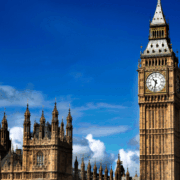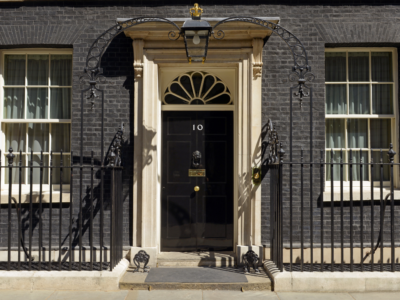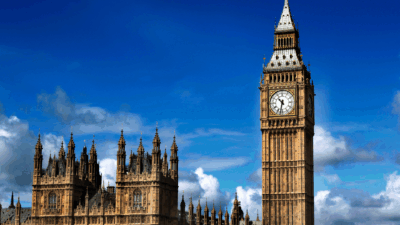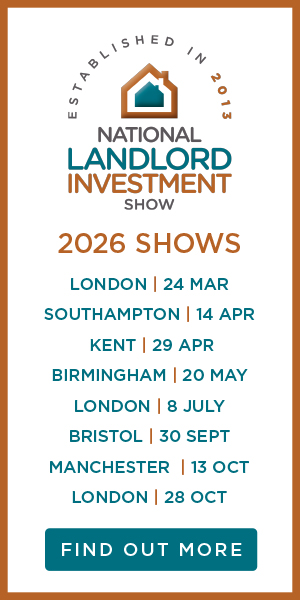The UK property market received a boost in January, as demand rose at a rapid pace and prices grew at their fastest pace since 2017, according to the new UK Cities Price Index by Zoopla.
Demand grew 26 per cent in the December 2019 to January 2020 period, as compared to the same four weeks in 2018-19. Prices grew at an annual rate of 3.9 per cent, a rate of growth not seen since September 2017, as buyers showed an increased appetite to buy.
The Christmas and New Year period is often marked by buyers starting to search for new homes, but Zoopla believed the significant rise in demand seen in early 2020 was higher than usually expected at this time.
Most cities see rising demand
Every UK city, except Belfast, registered a rise in buyer demand in the weeks around the Christmas and New Year period.
Scotland saw some of the fastest price growth in the index, with prices in Edinburgh rising 6.1 per cent on an annual basis. Despite this, Aberdeen was one of the greatest underperformers, with prices falling 3.1 per cent.
Zoopla believed the housing market in Aberdeen was being hampered by weak oil prices, and the knock-on effect this had on the oil extraction sector in the local economy. As a result, the average home in Aberdeen was worth £155,700, offering one of the cheapest prices in the UK.
London remained the most expensive city in the UK, with homes worth £480,000 on average. Despite high valuations, price growth in the capital was 1.9 per cent, as places experiencing stretched affordability started to adjust to meet buyer demand and budgets.
Regional cities lead the way in 2020
Zoopla expected UK cities, particularly in the Midlands and the North, would lead price growth in 2020, as homes remained cheaper in those areas than in London.
Richard Donnell, research and insight director at Zoopla, explained: “The cities with more affordable house prices, such as Sheffield and Leeds, have seen the greatest increase in buyer demand as house hunters continue to focus on value for money this year.”
Zoopla expected house prices to rise by an average of three per cent across all UK cities in 2020, bolstered by stronger economic growth and increasing affordability for prospective buyers. This comes after something of a pre-Brexit price slowdown in recent years, which kept price growth weak as each original Brexit deadline came and went.
The Bank of England’s decision to keep interest rates at 0.75 per cent last week could do much to keep the housing market ticking over, as the cost of borrowing remains close to zero and real wages continue to rise.
With inflation proving weaker than expected and wages outpacing house price growth, buyers find themselves in a virtuous circle of increased housing affordability.
In the meantime, low interest rates help keep mortgage rates low, encouraging people to start climbing the housing ladder, with a wider range of potential homes to choose from.























Comments